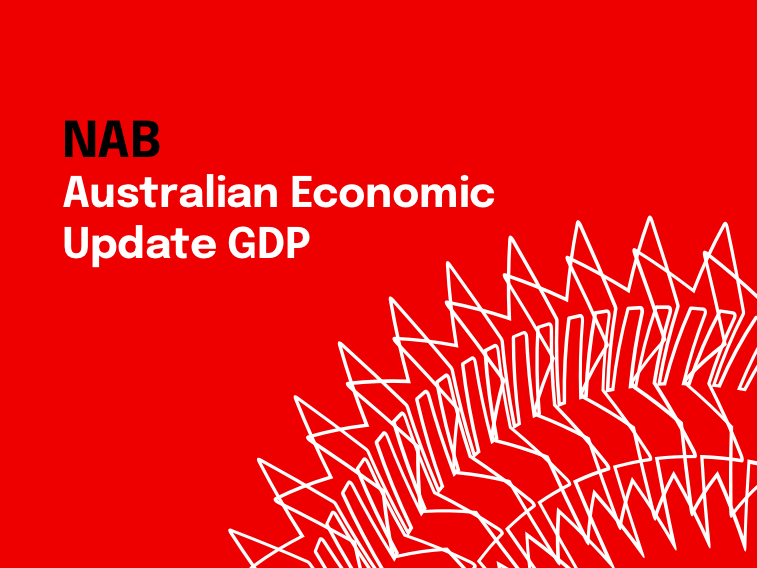Consumers lead the way


Insight
Business versus households – how will the situation resolve itself?

For further details, please see the attached document.
© National Australia Bank Limited. ABN 12 004 044 937 AFSL and Australian Credit Licence 230686.